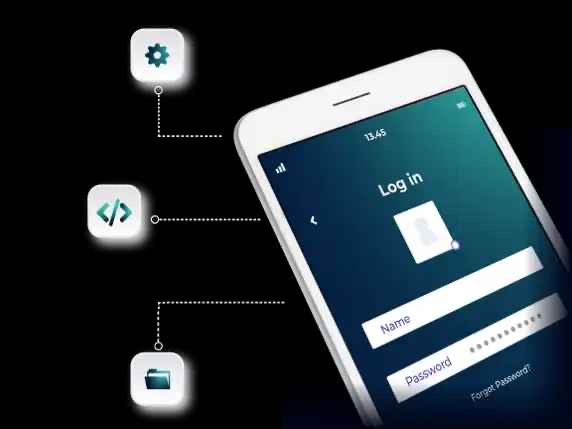Our everyday lives have become much more dependent on mobile applications, which provide us with a variety of services ranging from entertainment to banking and healthcare. However, as mobile apps become more and more popular, security concerns are also rising.
Developers must thus be familiar with the best practices for creating safe mobile apps. The top 5 best practices for developing secure mobile apps, as suggested by Procenne‘s EndCrypt will be covered in this post.
Why is Mobile App Security Important?
Mobile applications hold sensitive data including personal information, financial information, and even health information, so it’s important to make sure they are safe to prevent this data from being accessed, stolen or used inappropriately. A security lapse in a mobile app may affect the public image and dependability of the business or organization that created the app.
Mobile app security is crucial for the developer and company who created the app as well as for users and their personal data. Developers should make sure that their apps are safe and guard important data saved on the device by putting best practices into use and employing security tools like Procenne’s EndCrypt.
1. Use Secure Communication Protocols
The use of secure communication protocols is one of the key best practices for creating safe mobile apps. This involves encrypting all data with a secure socket layer (SSL) or transport layer security (TLS) and using HTTPS for all interactions between the app and the server.
This makes sure that no information sent between the app and the server may be intercepted or altered. To avoid man-in-the-middle attacks, it’s also critical to verify the server’s certificate.
2. Implement Authentication and Authorization
Implementing authentication and permission systems to make sure that only authorized users may access the app is another crucial best practice.
This can be accomplished via a token-based authentication system or multi-factor authentication, such as a combination of a password and a fingerprint or face recognition. Authentication helps to prevent unwanted access to private information kept on the mobile device.
3. Use Secure Data Storage
Adopting secure data storage techniques is a crucial element of protecting sensitive data in mobile devices.
This level of data security can be achieved by encrypting all data saved in the application and protecting the encryption keys via secure key management procedures. This guarantees that the sensitive data saved on the device is protected even if it is lost or stolen.
4. Perform Regular Security Assessments
For the purpose of finding and correcting any app vulnerabilities, regular security audits are crucial. Code reviews, penetration testing, and vulnerability scanning are some of the techniques used to find and address any potential security flaws.
5. Keep the App and Operating System Up to Date
To be protected against known vulnerabilities, it’s critical to keep both the operating system and application up to date. This entails checking that the application works with the most recent operating system release and installing any security updates as soon as they are made available.
The security of mobile apps is a major concern for both consumers and developers. Developers may make their apps secure and protect sensitive data saved on the device by adhering to certain best practices.
Ensuring App Security through Best Practices and Solutions
The app’s security must be constantly monitored and strengthened to guard against new threats and vulnerabilities. Additionally, testing your app in various contexts and settings is advised because it will aid in finding vulnerabilities that might not be apparent during the development phase.
Additionally, you should think about doing frequent security audits and penetration tests for your app. Doing so will help you find any new vulnerabilities that may have been brought about by upgrades or other modifications. By using these procedures, developers may be confident that their mobile applications are safe and can protect important data kept on the device.
As a result, Mobile applications play a vital role in our daily lives and are used to store sensitive data like personal, financial, and health information. Therefore, it is crucial to ensure that these applications are secure. To develop safe mobile apps, developers must be familiar with best practices such as using secure communication protocols like SSL/TLS and HTTPS, implementing authentication and authorization systems, using secure data storage techniques, performing regular security assessments through code reviews and vulnerability scanning, and keeping the app and operating system up to date.
The security of the app must be continuously monitored and strengthened to guard against new threats and vulnerabilities. Additionally, it’s important to do frequent security audits and penetration tests for the app. By following these best practices, developers can ensure that their mobile apps are safe and secure. They can protect important data stored on the device. These security requirements can be met with the use of Procenne’s EndCrypt product.
